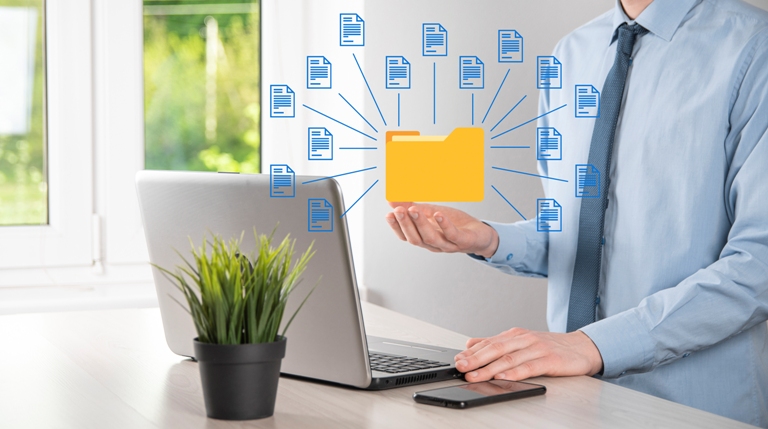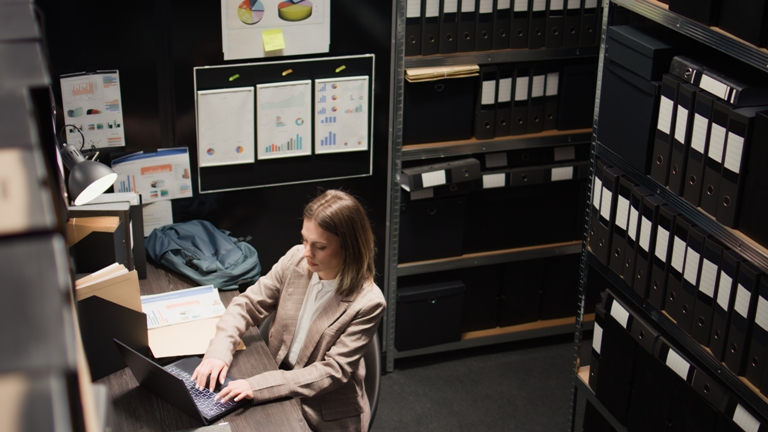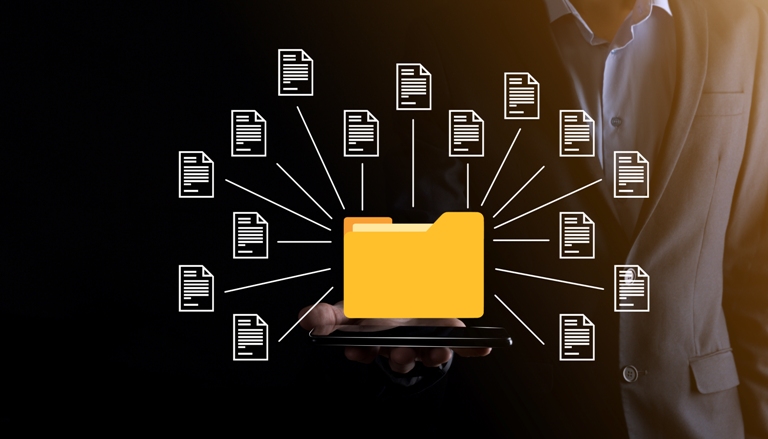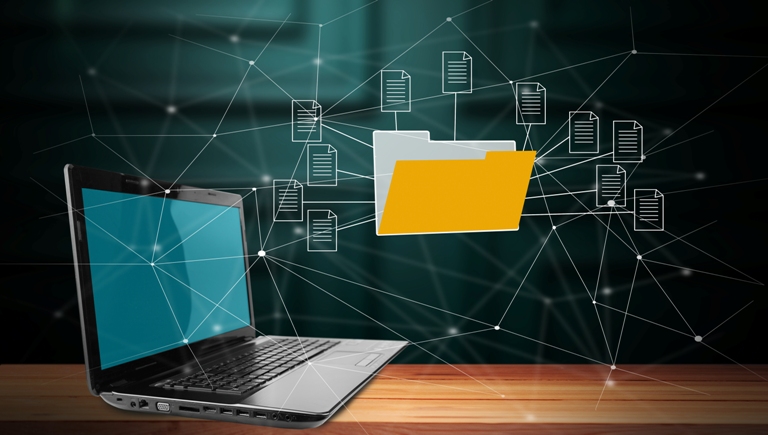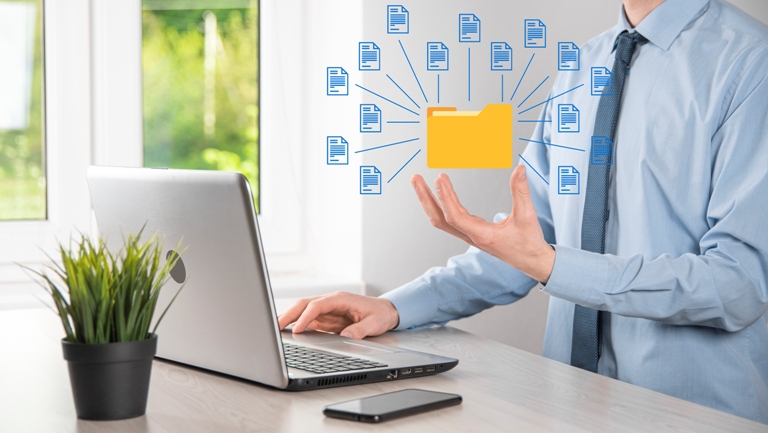Managing properties in today’s digital age requires more than spreadsheets and manual paperwork. Property managers juggle lease agreements, tenant communication, maintenance requests, and legal compliance. Managing all of these simultaneously can be overwhelming without the right tools. That’s where a real estate property management system becomes essential.
These systems automate and streamline core workflows, helping property managers to save time, minimize errors, and enhance tenant satisfaction. In this article, we will explore how digital property management systems streamline lease management, maintenance coordination, tenant communication, and compliance tracking.
Automating lease management: From creation to renewal
Lease management is the foundation of property operations. Primarily, it includes drafting documents, collecting signatures, tracking dates, and storing paperwork. A real estate property management system automates this entire process.
Key benefits:
- Digital lease templates: Managers can create standardised lease agreements with customizable fields, thereby reducing the time spent on drafting.
- E-signature integration: Tenants can sign leases online, eliminating the need for physical meetings and streamlining the onboarding process.
- Automated notifications: The system sends reminders for lease renewals, rent increases, and expiration dates.
- Centralised document storage: All lease documents are stored securely in the cloud, accessible anytime for audits or reference.
This automation not only saves time but also ensures accuracy and legal compliance, making lease management seamless and efficient.

Streamlining maintenance requests and work orders
Maintenance issues are crucial in property management. Responding quickly and efficiently is key to tenant satisfaction. A real estate property management system streamlines the process of handling maintenance requests.
How it works:
- Online submission forms: Tenants can report issues through a portal or mobile app, thereby reducing the need for phone calls and emails.
- Automated work orders: Each request is logged and assigned to the appropriate technician or vendor.
- Real-time tracking: Tenants and managers receive updates on the status of repairs, improving transparency.
- Vendor coordination: The system integrates with third-party service providers for faster scheduling and resolution.
By automating maintenance workflows, property managers can reduce downtime, enhance service quality, and maintain tenant satisfaction.
Also Read: How to Choose the Right Legal Document Management Software?
Enhancing tenant communication and engagement
Clear and consistent communication builds trust between property managers and tenants. A real estate property management system offers multiple tools to keep tenants informed and engaged.
Communication features:
- Automated messaging: Send rent reminders, policy updates, and announcements via email or SMS.
- Tenant portals: Tenants can view lease details, payment history, and submit requests in one place.
- Feedback Collection: Utilise surveys and forms to gather tenant feedback and enhance service quality.
- Live chat support: Offer real-time assistance through chatbots or live agents integrated into the system.
These features build a positive tenant experience, reduce misunderstandings, and encourage lease renewals.
Simplifying compliance and legal documentation
Compliance with housing laws and regulations is critical. A real estate property management system helps ensure that all documentation and processes meet legal standards.
Compliance tools:
- Audit trails: Maintain detailed logs of tenant interactions, lease changes, and financial transactions.
- Document expiry alerts: Get notified when licenses, insurance policies, or certifications are due for renewal.
- Secure data storage: Protect sensitive tenant and financial data with encryption and access controls.
- Regulatory updates: Stay informed about changes in local laws and automatically update lease templates and policies.
With built-in compliance features, property managers can avoid legal issues and maintain operational integrity.
Also Read: The Top 7 Features of Document Management Software You Need Today
Centralised dashboard for smarter decision-making
One of the most powerful features of a real estate property management system is its centralised dashboard. It provides a comprehensive view of all property operations in one place.
Dashboard insights:
- Occupancy tracking: Monitor which units are vacant, occupied, or pending lease.
- Financial reporting: View income, expenses, and profitability in real-time.
- Maintenance analytics: Track response times, resolution rates, and vendor performance.
- Tenant behaviour: Analyse payment patterns, communication frequency, and feedback trends.
This data-driven approach enables property managers to make informed decisions, optimise operations, and identify areas for improvement.
Scalability and remote access for growing portfolios
As property portfolios grow, managing multiple locations becomes complex. A real estate property management system offers scalability and remote access, making it ideal for expanding businesses.
Advantages:
- Cloud-based access: Manage properties from anywhere using a laptop, tablet, or smartphone.
- Multi-property support: Handle residential, commercial, and mixed-use properties within a single platform.
- Role-based permissions: Assign access levels to team members based on their responsibilities.
- Third-party integrations: Seamlessly connect with accounting software, CRM tools, and payment gateways for streamlined operations.
This flexibility allows property managers to scale their business without sacrificing control or efficiency.
Cost savings and return on investment
Although implementing a real estate property management system includes upfront costs, the long-term savings and ROI are huge.
Financial benefits:
- Reduced administrative costs: Automation eliminates manual data entry and paperwork, resulting in lower operational expenses.
- Fewer errors: Digital workflows reduce mistakes in leases, payments, and compliance documentation.
- Improved tenant retention: Better communication and faster service lead to happier tenants and fewer vacancies.
- Faster rent collection: Automated billing and reminders ensure timely payments and reduce delinquencies.
Over time, these benefits translate into higher profitability and more sustainable operations.
Future-proofing property management with technology
Technology is reshaping the real estate industry. A real estate property management system ensures your business stays ahead of the curve.
Emerging innovations:
- AI-powered insights: Predict tenant behaviour, maintenance needs, and market trends.
- IoT integration: Use smart sensors to monitor property conditions and automate alerts.
- Blockchain leases: Create secure, tamper-proof lease agreements with transparent terms and conditions.
- Virtual tours & listings: Improve marketing with 3D walkthroughs and online booking tools.
By embracing digital transformation, property managers can deliver better services and remain competitive in a tech-driven market.
Conclusion
A real estate property management system is a game-changer for modern property managers. It automates lease management, streamlines maintenance requests, improves tenant communication, and ensures legal compliance, all from a centralised platform. With scalability, remote access, and cost-saving features, these systems help property managers to operate more efficiently and grow their portfolios with confidence.
Whether you are managing a single building or hundreds of units, adopting a real estate property management system is the smartest move for long-term success. It’s not just about keeping up, it’s about staying ahead.
